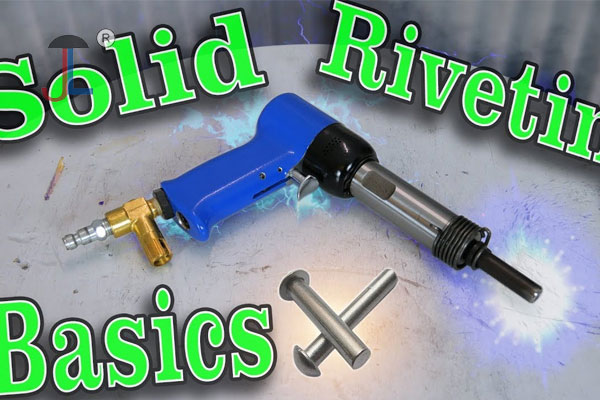The main difference between oval head and truss head rivets lies in the shape and profile of their heads:
-
Oval head rivets have a rounded top with a slightly tapered underside, giving them a smooth dome shape. This shape provides a neat, finished appearance and is commonly used where a moderately low profile is needed but some aesthetic appeal is desired.
-
Truss head rivets have a wider, flatter dome shape often described as mushroom-like. They provide a larger bearing surface and a lower profile compared to oval heads. This makes truss heads ideal where increased surface area is important to distribute load or prevent pull-through of the rivet on softer materials.

Both types are typically semi-tubular rivets, meaning they have a hollow tip and require less installation force. They are used to permanently join materials with pre-drilled holes, offering high strength with minimal radial expansion—allowing joints to act as pivots in some applications.
In summary:
| Feature | Oval Head Rivet | Truss Head Rivet |
|---|---|---|
| Head Shape | Rounded dome with tapered underside | Wider, flatter dome (mushroom-like) |
| Profile | Moderate, neat dome | Lower profile, broader bearing area |
| Bearing Surface Area | Smaller than truss head | Larger surface area |
| Common Use | Aesthetic finish, general fastening | Load distribution, soft materials |
This distinction affects where and how each rivet type is best used, balancing appearance and mechanical function


